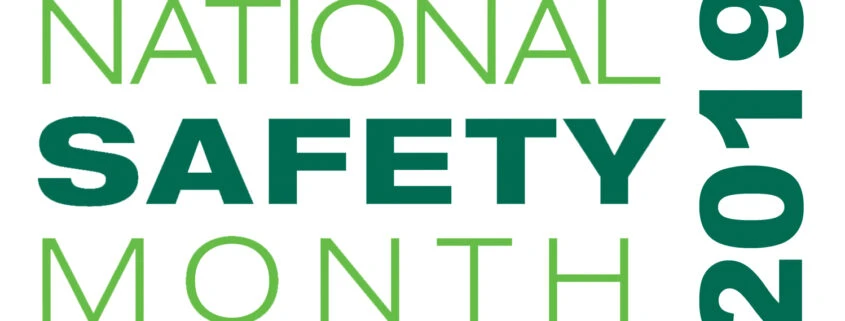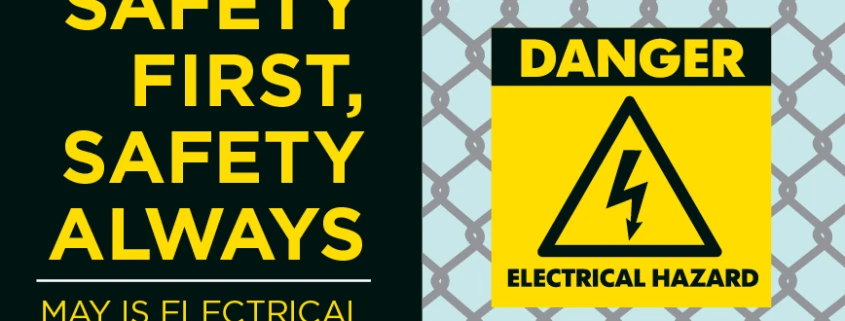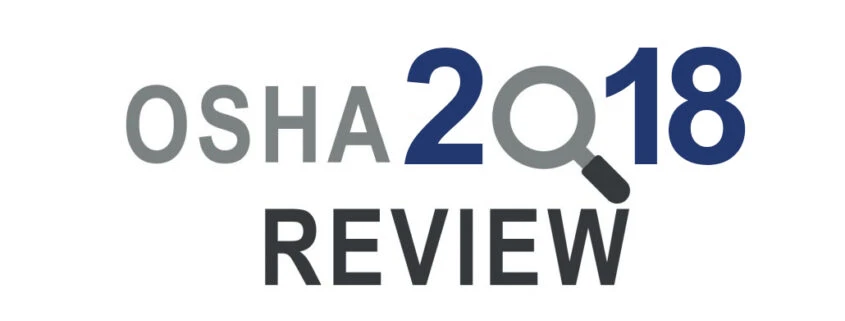Outsourcing Your Employee Training: Educational Revolution, or Evolution?
Why partnership with a third-party education provider could be one of the best decisions you’ll make
If you have worked in the construction industry for long enough, there’s a good chance that you’ve heard the saying -or some variation of- “an educated workforce, is a safe workforce”. It’s difficult to argue; given that, at the heart of most incidents, is a lack of sufficient training.
All companies experience challenges with their training, from the initial on-boarding and orientation of their newest employees, to the continuing education and certifications of their senior-most leaders. In a perfect world, employees would regularly seek to satisfy their job-specific training without financial encouragement, demonstrating initiative, professional curiosity, and a genuine interest in their own personal and professional development. In the real world, many companies have to pay their employees while they learn how to do their jobs; and, this creates an economic condition that unfortunately goes hand-in-hand with some risky and potentially dangerous decision-making.
To train, or not to train?
Budgets will be budgets; and, it’s universally accepted that in the spirit of self-preservation, companies will cut expenses in one area, to realize gains -or, alternatively, to alleviate pains- in another. When you’ve gotten away with avoiding a responsibility (more than a few times), it’s easy to think that you can continue to avoid it, right? Where many companies fall short with regard to their employee training, is not exclusively attributable to consistency in execution, as some might be inclined to presume. Yes, it’s true- many companies procrastinate; and, in other cases, blatantly ignore their responsibility to provide formal job and hazard-specific training to their employees. However, the trouble with employee training in many companies is generally not an issue of employer desire, as much as it is an issue of employer flexibility and versatility. And, that degree of flexibility / versatility has to be considered in terms of both manpower and finances.
If you were to publicly poll the owners of a hundred different companies, you likely would not have difficulty counting close to a hundred resounding ‘YES’ replies, assuming the question was centered around the safety of the workforce being a company’s highest priority.
Now, take that same group of one hundred owners, and change the question to be centered around whether the training of the workforce should be a company’s highest priority. Would you count a similar number of ‘YES’ replies?
They are both of critical importance to a company- safety and training, aren’t they? Is one more important than the other? Can either one be achieved without at least mentioning the other? These are some of the questions and decisions that business owners have to wrestle with, to balance compliance along with the well-being of the workforce and the health of the company finances. Most all companies desire to adequately and effectively train their employees. Not all companies find this responsibility to be convenient or budget-friendly, because they lack the overall flexibility and versatility to respond to training needs either pro-actively, or, with a sense of urgency. Training either costs too much; or, a company cannot spare the manpower to schedule training; or, sometimes, you’ll even see a combination of both. Sadly, in these cases, both the company and the employees suffer. Silently, the industry at-large, also suffers. So, what’s the solution, then?
Lean on Me?
Again, budgets will be budgets.
A simple solution (on the surface) for a company to shield themselves from training costs that exceed their budget, is for that company to exclusively deliver their employee training in-house. This approach yields several benefits; yet, also, may carry with it some obscure pitfalls that can have a balloon-like effect on budgets.
In theory, the most experienced personnel within a company are the most logical choices to train and develop the workforce. However, typically, that vast experience also represents the busiest and least flexible personnel within a company. And, unfortunately, experience does not directly translate in a classroom environment to capability, willingness, readiness, or (here we go again) desire. You may have the smartest, most highly-trained, credentialed and certified leaders in the country managing operations for your company. A field superintendent in construction can have over three decades of experience building structures, while at the same time, having zero years’ experience in a classroom environment teaching others how to build structures.
In a nutshell, great builders… great leaders… great managers… don’t always make great teachers. You can save plenty of money by not paying ‘outsiders’ to train and develop your personnel; but, how much may it end up costing you to educate -and, motivate– one of your own to step into that potentially (and likely) unfamiliar role? How long will it take them to become proficient in this new role? How quickly can you replace their production? How effective can your company training program, or, your safety and health program really be, with inexperienced trainers educating the employees of your company?
We all need somebody to lean on, don’t we?
In construction, carrying loads, even very heavy ones, can be made easy when the proper conditions, personnel and equipment are in place.
Employee training is not terribly different; which begs the question, “Why purchase the help, when you can grow it organically?”
While keeping employee training in-house may be a cost-effective solution, without a proper, manageable training and credentialing program in place, companies expose themselves to levels of risk that can very quickly render their cost-saving efforts ineffective. Naturally, companies with greater financial latitude, have greater maneuverability to avoid the financial pitfalls. One easily overlooked pitfall for companies who elect to keep their training in-house, is legal liability. In construction, when accidents happen and people get hurt -outside of providing the appropriate medical care- assignment of responsibility (or, blame, rather) is generally at the top of the list of consequent actions.
When your people get hurt; and, it is determined that you were responsible for delivering their training, you can rest assured that the wolves of compliance will feverishly pursue the root cause, starting at your establishment’s front door. If your safety and training programs are underdeveloped when faced with managing an employee injury or fatality, you can prepare to buckle up for a long, uncomfortable and expensive ride through the legal system. Or, you can choose to partner with an expert that understands your company operations, has the experience to relate to your struggles, understands the industry you work in, and, one that has an assortment of products, services, and solutions that can be quickly adapted to fit your company’s varied degrees of flexibility and versatility.
Well, what’s the best solution for my company?
In conclusion, the mechanics of your company training program can be, and should be, uncomplicated.
A company’s workforce must be sufficiently and regularly trained to maintain active compliance with the federal, state, and local rules applicable to their operations. You have a responsibility to offer initial training; and, you have a responsibility to offer re-training, when necessary. Simple, right? With the pace at which the construction industry is currently moving, agility in training deployment is critical to keeping the workforce safe; and, providing them with the ongoing training and education that is relevant to their work, and current with the most up-to-date industry rules and regulations.
For companies that do not have full-fledged training or education departments, manufacturing that agility internally, is not as simple (or, inexpensive) to achieve as it might appear. To address this challenge, companies have to make an honest self-assessment of their program(s). Some companies may benefit more from having electronic or online training options, because their crews lack the flexibility to attend training during a regular work week. Some companies strongly believe in, and demand instructor-led training for their employees. Some companies would be more than happy to incorporate both types of training to build versatility into their existing program; but have limitations imposed on their budgets which preclude that ability. Some companies lack the technological capabilities or square footage to deliver training to their employees in an appropriate setting.
The list of restrictions and limitations are seemingly endless; yet, the requirement to operate safely while in compliance never really changes, does it?
The most effective solution for your company, will be the one which enables you to quickly respond to your employees’ training needs, without sacrificing your budgets, schedules, quality, leadership or productivity. As the industry evolves and continues to integrate technology to improve operational efficiencies and increase profits, your ideal training solution may be in the form of online training, instructor-led training, or -what you can expect to see gain popularity in the future- the adoption of pre-developed course-ware customized to your company’s operations and/or brand.
If your company needs help implementing or evaluating its current training program, HB NEXT can help. To learn more about solutions for optimizing your company’s training program, please contact HB NEXT today.










